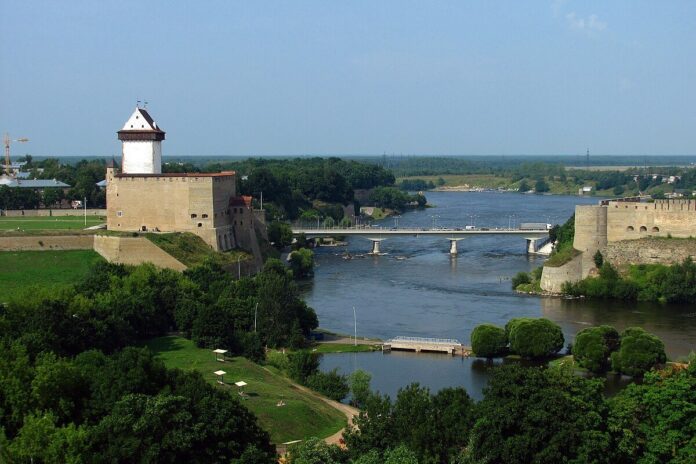The Estonian Tax and Customs Board has discovered a total of nearly 600 violations since switching to full customs checks at the border crossing points of Narva, Koidula and Luhamaa on Aug. 8.
The Tax and Customs Board discovered 399 violations at the Narva border crossing point, 100 in Luhamaa and 84 in Koidula within the month.
“While in the first seven months of this year and without full customs control we detected an average of 22 violations per day, then by now, with the implementation of full customs control, the number of violations has dropped to 18. This shows that the introduction of full customs control issued a clear preventive message to border crossers,” Ursula Riimaa, deputy director general of the Tax and Customs Board for customs, said. “While the number of violations has decreased, it is still alarmingly high, and customs officials work every day on both goods inspection and information activities.”
According to Riimaa, the transition to full customs control was an important step to ensure compliance with international sanctions and to prevent the movement of prohibited goods, including items used for warfare, to Russia.
“Since the implementation of the sanctions, customs officials of the Tax and Customs Board have prevented a significant number of goods under sanctions from reaching Russia. Similar to the past, during the last month, parts and accessories of firearms, spare parts for vehicles and machines, batteries and propeller blades for drones, radio receivers, an underwater camera and a dive computer have been discovered as prohibited goods,” she added.
According to her, attempts to take euros to Russia are still the most frequent violations at border points.
“It is forbidden to take banknotes of European Union member states to Russia, and although the European Commission has also highlighted the possibility of an exception here without specific amounts, the euro is not an official means of payment in Russia, so we ask border crossers to focus on the current ban, not the exception, in order to avoid complications,” Riimaa said.
Over the course of the month, repeated violations, several errors with product codes on the customs declaration, falsification of documents, among other things, were also detected.
“Regarding the latter, the Luhamaa border crossing point stood out in particular,” Riimaa said, adding that intentional violation of sanctions is a crime, in which the criminal proceedings are conducted by the Internal Security Service and led by the prosecutor’s office.
The Tax and Customs Board reminds border crossers that before crossing the border, they should carefully familiarize themselves with the requirements of international sanctions in order to avoid taking prohibited goods with them. Additional information can be found on the authority’s website or by calling customs customer support. In addition, since the full customs control takes more time than the previous risk-based control, the authority asks people to set aside more time than before for the border crossing.
According to Riimaa, this means, for example, that although the summer holidays are coming to an end and the number of border crossings is showing a downward trend, when arriving at the Narva border crossing point late in the evening, people should take into consideration the possibility that border crossing is not possible until the morning.
“The Narva border crossing point is open from 7 a.m. to 11 p.m., the Luhamaa and Koidula border crossings are open 24 hours a day,” Riimaa said.
Until Aug. 8, officials of the Tax and Customs Board conducted risk-based checks in the outgoing direction on the border, which included automatic risk analysis and both official and random check referrals. With such methods, more than 100,000 customs inspections have been carried out and more than 10,000 violations have been detected since 2022, when international sanctions were imposed and full-scale war began. Based on the government’s decision and the Tax and Customs Board’s threat assessment, a smooth transition to full customs control was carried out on Aug. 8.
Source: BNS
(Reproduction of BNS information in mass media and other websites without written consent of BNS is prohibited.)

